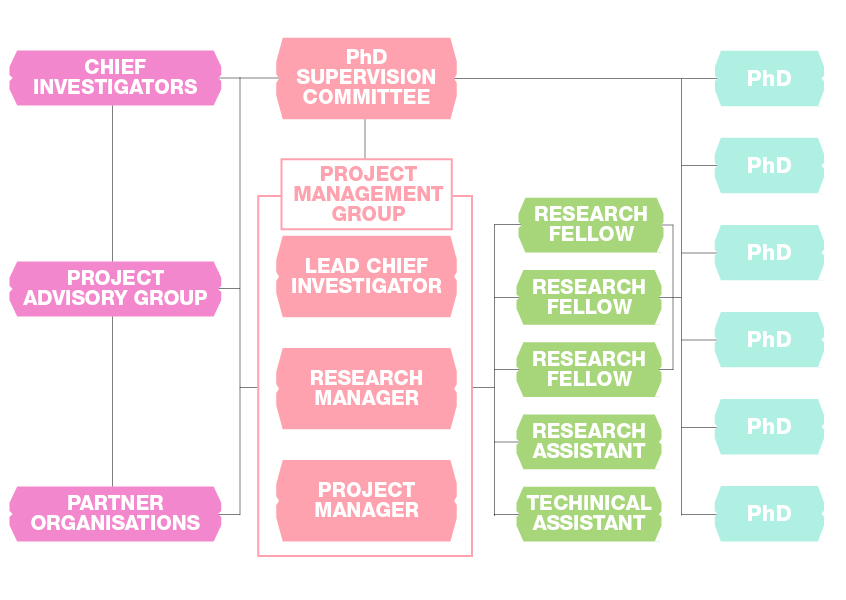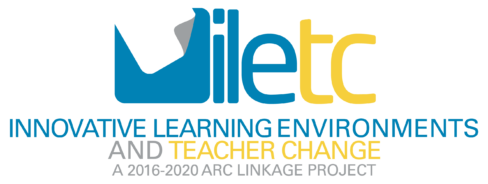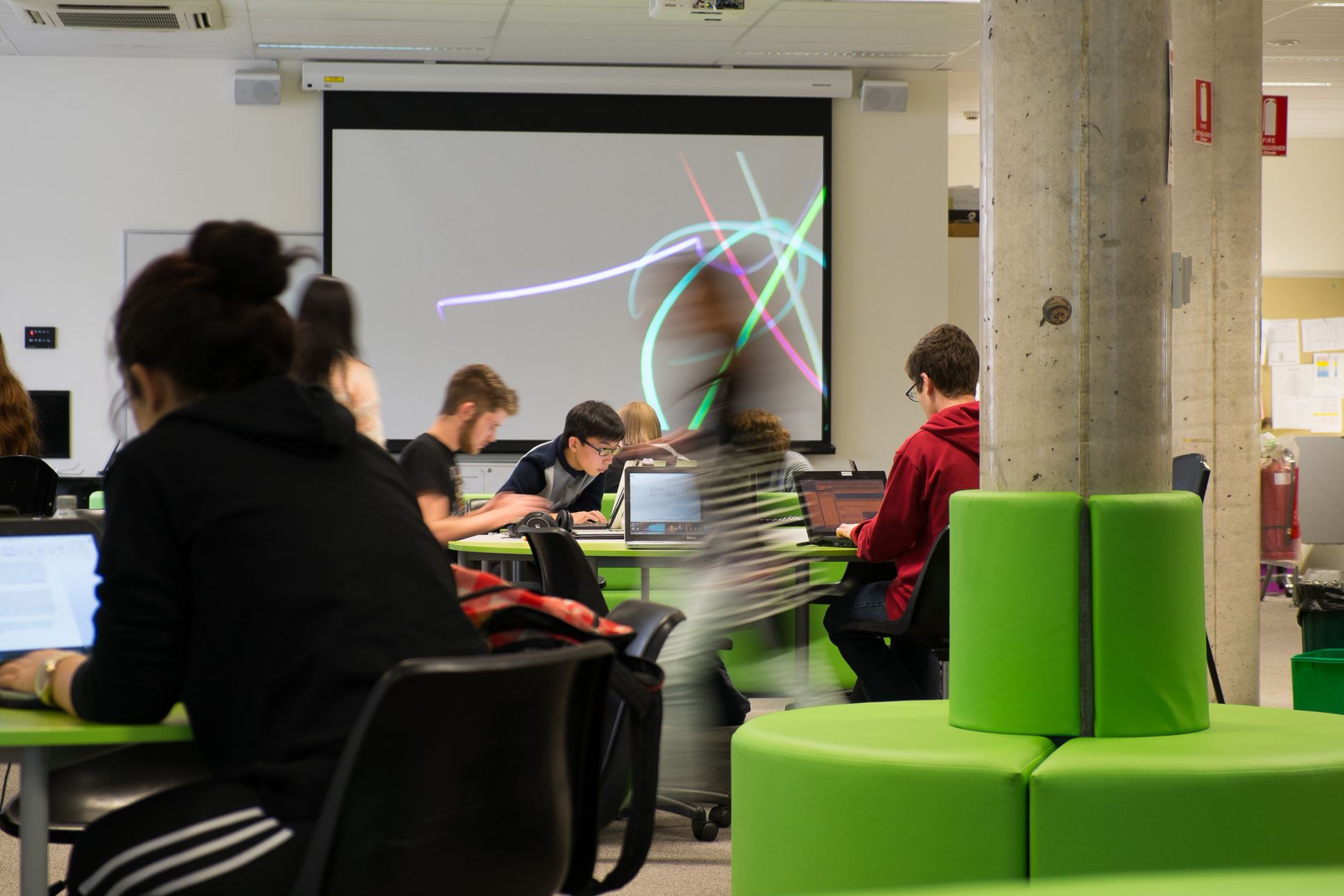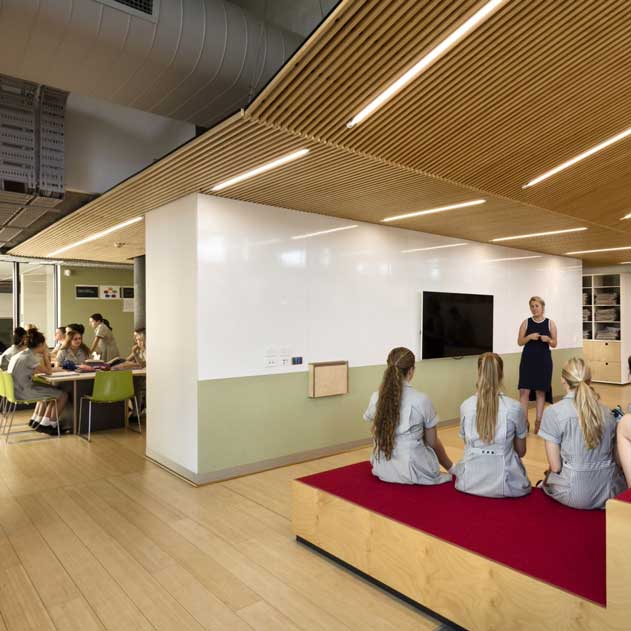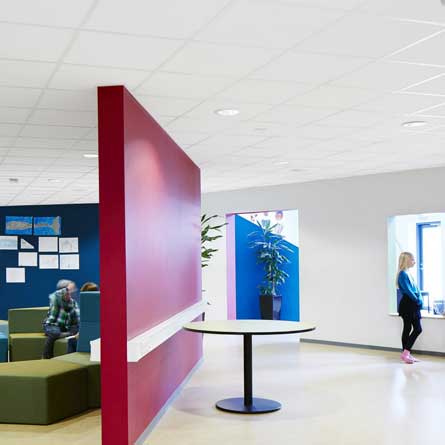About the Project

A complex problem
Considerable investment has been made in Australia and New Zealand to develop what our project refered to as innovative learning environments (ILEs). ILEs have been conceptualised and designed to support the move from traditional teacher-focused instruction to active competency-based, student-centred ways of working. These, it is argued, accommodate the socially oriented, participatory, independent learning approaches required of the ‘21st century student’.
However, there was concern that this massive investment in ILE infrastructure was not being mirrored by commensurate changes in teaching practices. Was this actually the case? And if so, what was its cause and possible solutions?
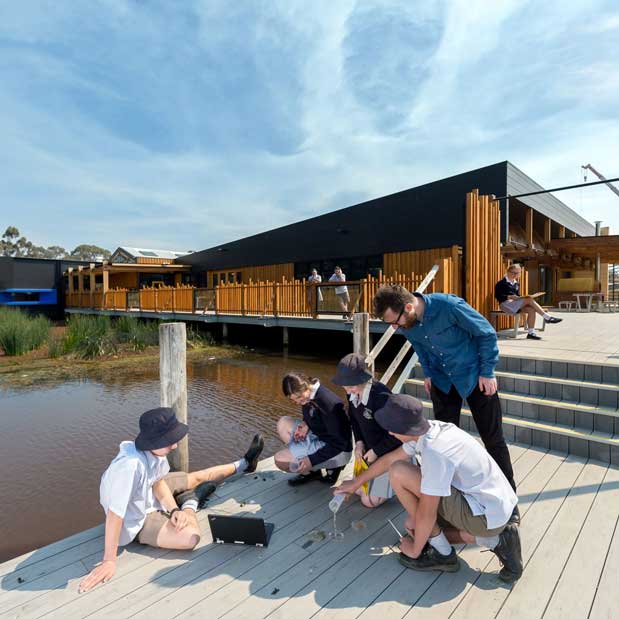
Seeking change
The project interrogated how teachers enable learning most effectively in ILEs. It developed ‘good practice’ strategies for implementation of these across a wide range of educational sites in Australia and New Zealand. It created robust data to verify this impact and guide future pedagogic, infrastructure and design developments.
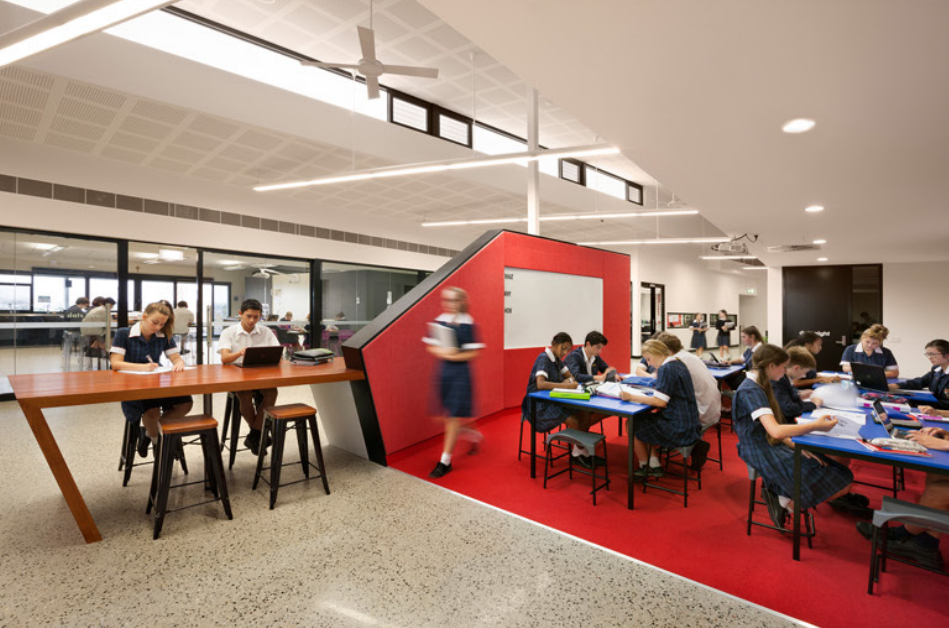
A unique research partnership
Led by the University of Melbourne’s Learning Environments Applied Research Network (LEaRN), the four-year Innovative Learning Environments and Teacher Change (ILETC) Australian Research Council Linkage Project was a partnership between National, State, Territory, and Education departments, a regional Catholic educational authority, key ‘industry’ partners including furniture designers, technology and acoustics specialists, school designers and their professional bodies, museums, and leading research-focused schools.
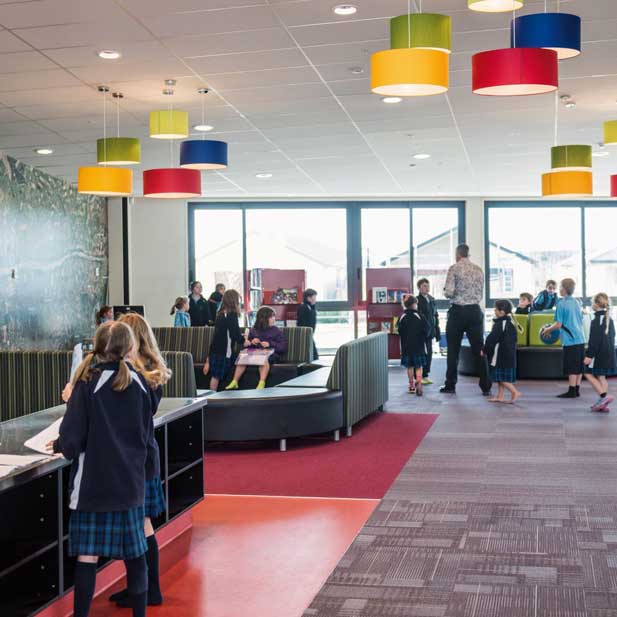
Benefits for all
ILETC collected a range of data from educators using ILEs to provide a robust evidence base which enabled the design, testing and implementation of practical tools and strategies to assist teachers to maximise the use of ILEs. Beginning with focused research in selected schools, ILETC expanded to thousands of schools across Australia and New Zealand. Eventually, all schools will benefit from this unique knowledge.
Project advisory structure

Led by prominent academics at the University of Melbourne, the project brought together partners with expertise in education and learning environments who shared a passion for supporting teachers in developing the most effective practices in modern classroom environments. The Chief Investigators and Project Advisory Group provided leadership and expertise in their key research areas. Each Partner Organisation brought to ILETC a unique and valuable body of knowledge and expertise. This included previous research on this topic, practical advances in ILE development and use, and considerable work around making such spaces educationally successful. The core research team - Research Fellows and PhD students - conducted the bulk of the fieldwork with directions from the Project Management Group. This multidisciplinary expertise was mirrored within the team, as illustrated in the Project Advisory Structure below.
